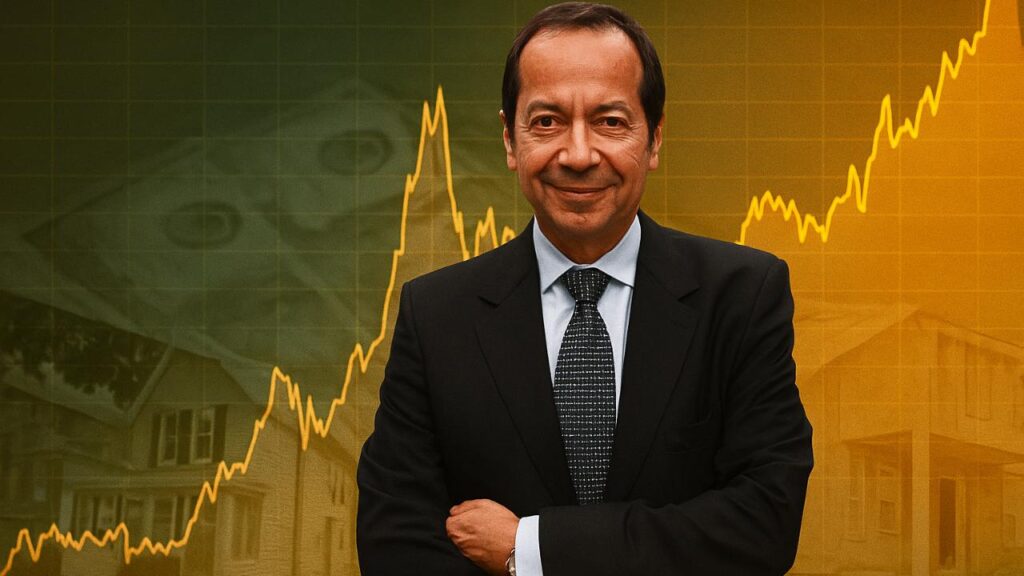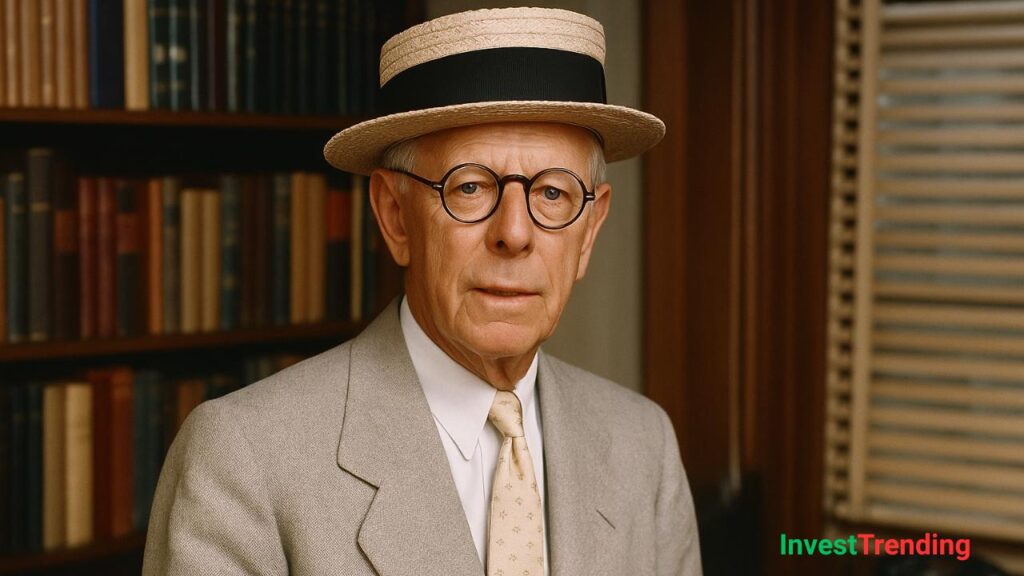
John Paulson, born in Queens, New York in 1955, is one of the most successful hedge fund managers in financial history. As the founder and president of Paulson & Co., he is best known for executing what many consider “the greatest trade ever”—a bold bet against the U.S. housing market in the mid-2000s. But his journey to success wasn’t instant or effortless. It was built on disciplined analysis, academic rigor, and an unwavering belief in his research.
Background and Family
John grew up in a culturally diverse household. His father, Alfred Paulson, was an immigrant from Ecuador who worked his way up to become a Chief Financial Officer. His mother, Jacqueline, was the daughter of Jewish immigrants from Eastern Europe. From an early age, John was encouraged to value education and critical thinking.
He attended public schools in Queens and demonstrated exceptional academic abilities. At the age of 19, John explored entrepreneurship by launching a clothing import business in Ecuador. This early venture taught him both the excitement and challenges of business. After this short stint, he returned to New York University and earned a finance degree with top honors (summa cum laude) in 1978.
Determined to push further, he earned a scholarship to Harvard Business School, where he became a Baker Scholar—a distinction reserved for the top 5% of the class. This combination of street-smart experience and elite education laid the foundation for his future in finance.
The Beginning of His Journey
After completing his MBA, John started his professional career at Boston Consulting Group. There, he honed his skills in strategic planning and problem-solving, working with top corporations to find solutions to complex business problems.
His interest in the mechanics of financial markets led him to investment roles at Odyssey Partners and Bear Stearns. These early years were not glamorous, but they were crucial in giving John a ground-level view of market behavior, risk evaluation, and capital flow.
In 1994, he founded Paulson & Co. with $2 million and a small team. The firm’s early focus was on event-driven strategies—investing in situations like mergers, acquisitions, and corporate restructurings that could lead to price inefficiencies. Paulson believed that the market often underpriced or misjudged these events, offering an opportunity for significant gains.
The Turning Point
The defining moment of John Paulson’s career came in 2006. While most of Wall Street remained bullish on housing, Paulson sensed something different. He noticed that mortgage lenders were giving out risky loans to borrowers with low creditworthiness. He and his team analyzed the market, poured over loan data, and identified systemic weaknesses.
Acting on this insight, he began buying credit default swaps—essentially insurance policies that would pay off if mortgage-backed securities defaulted. As the housing market collapsed in 2007, Paulson’s prediction turned into a windfall. His fund generated nearly $15 billion in profits, and Paulson personally earned around $4 billion that year. It was a bold and lonely bet, but one that paid off handsomely.
This wasn’t just a lucky break—it was the result of meticulous research and the courage to go against conventional wisdom.
Investment Strategies and Tools
John Paulson has always been a methodical investor. His core strategy is event-driven investing, which involves exploiting price inefficiencies caused by corporate events such as mergers, bankruptcies, and restructurings.
His investment toolkit includes:
- Merger Arbitrage: Profiting from the difference between the purchase price of a stock and the price offered in a merger.
- Distressed Debt: Buying undervalued debt of companies facing bankruptcy but with turnaround potential.
- Credit Default Swaps: Used notably in his subprime bet.
- Long/Short Equity: Taking long positions in undervalued stocks and short positions in overvalued ones.
- Macro Economic Plays: Investments influenced by global economic trends, such as currency shifts or commodity prices.
Over the years, he also became known for his large gold holdings. He viewed gold as a safe haven against inflation and global uncertainty, especially after the 2008 financial crisis.
Real Investment Wins
1. The Subprime Bet (2007)
This is Paulson’s most famous trade. By buying credit default swaps on subprime mortgage bonds, he positioned his fund to profit as those bonds collapsed. Few believed him at the time, but his analysis proved accurate. The result was staggering: $15 billion in profits for his firm, and $4 billion in personal earnings.
2. Gold and Financial Stocks (2010)
After the financial crisis, Paulson shifted focus to assets that would benefit from economic recovery. He heavily invested in gold and major banks like Citigroup and Bank of America. While some positions underperformed in the short term, his gold bets were profitable, earning his firm almost $5 billion in a single year.
3. Donlin Gold Mine (2025)
In a long-term strategic move, Paulson & Co. invested $800 million for a 40% stake in the Donlin Gold Project, which holds an estimated 39 million ounces of gold. Paulson sees it as a hedge against global inflation and currency debasement, reinforcing his belief in real assets.
Recognition, Innovation, or Influence
Paulson’s influence extends beyond just trading floors:
- Founded Paulson & Co., which grew to manage $38 billion at its peak.
- Harvard and NYU Philanthropy: Donated $400 million to Harvard for its School of Engineering and Applied Sciences—one of the largest gifts in the university’s history. Donated $100 million to NYU to support underprivileged students.
- Public Appearances: Featured in numerous documentaries, finance panels, and interviewed by top financial outlets including Bloomberg, CNBC, and the Wall Street Journal.
- Role Model: Though he’s a private person, Paulson’s bold moves and disciplined research have made him an icon among value investors.
Key Lessons for Readers
John Paulson’s journey holds valuable insights for investors of all levels:
- 📌 Be Bold But Informed: Paulson’s subprime bet worked because it was grounded in research.
- 📌 Ignore the Herd: He went against popular opinion and succeeded.
- 📌 Stick to Core Beliefs: Whether it’s event-driven strategies or gold, he sticks to what he knows.
- 📌 Philanthropy Completes Success: Giving back adds purpose to financial success.
- 📌 Learn From Setbacks: Not every trade was a win—his transparency about mistakes is equally instructive.
Quote Highlight
“The most important thing in investing is to know what you’re investing in, and if you’re confident in the outcome, it’s important to stay true to your position.” — John Paulson
“Many investors make the mistake of buying high and selling low while the exact opposite is the right strategy to outperform over the long term.” — John Paulson



